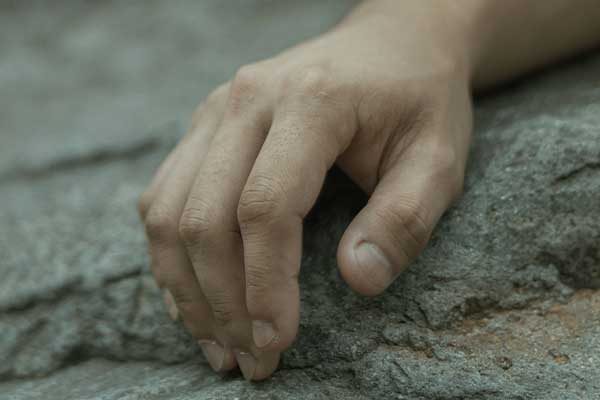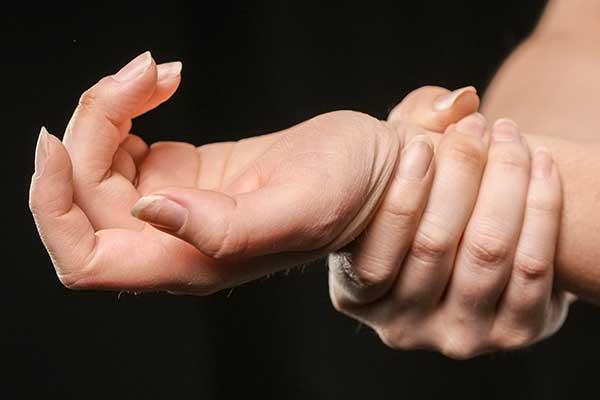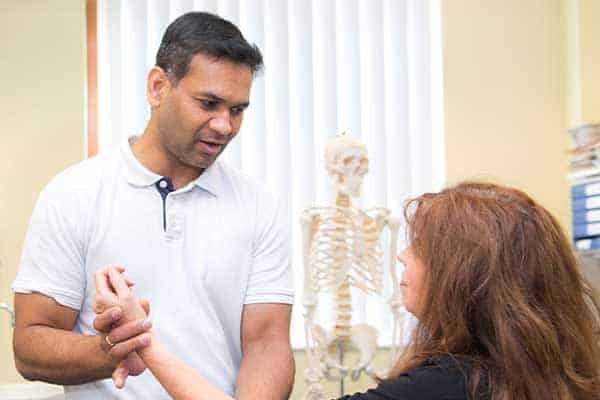A finger fracture means that you have broken a bone in one of your fingers or thumbs.
It might be a ‘hairline’ fracture (a small crack), a partial fracture, which is common in children, or a complete break, where the bone can be broken into two or more pieces.
What causes a finger fracture?
The most common causes of finger fractures are sports injuries, falls or accidents such as shutting your hand in a door.
It is also possible to sprain or dislocate your fingers/thumbs, which can cause similar symptoms.
What are the symptoms of a finger fracture?
The symptoms of finger fracture will typically come on quickly after the injury that caused them and will depend on the individual and the severity of the facture.
For most people:
- You feel pain in your finger/thumb, especially when moving it, although this may be dull, tolerable pain.
- You experience swelling of the finger/thumb area.
- You find it difficult to use your finger/thumb and/or have restricted movement.
For some people:
- You feel sharp pain when you touch your finger/thumb.
- Your finger/thumb may look bruised, as a result of blood vessels breaking.
- You may notice that your finger/thumb looks the wrong shape or at an odd angle.
- In extreme cases, the broken bone may poke through the skin.
How is a finger fracture diagnosed?
You are advised to see your doctor or visit your local A&E if you have sustained an injury that has caused pain, swelling or difficulty using your hand.
You will probably be sent for an x-ray to confirm that you have a finger fracture.
What are the treatment options for a finger fracture?
While waiting to see a doctor and receive a diagnosis, it might help you manage the pain and swelling if you lift your hand up above the level of your heart.
You could also apply an ice pack for 15-20 minutes, every 2-3 hours, to relieve pain. (Do not put ice directly next to skin as it may cause ice burn. Wrap it in a damp tea towel. Remove the pack if irritation increases. Allow the area to return to normal temperature before reapplying the ice.)
Try to avoid moving your injured finger or thumb. If it helps, you could tape it to the finger next to it. Also try to remove all rings and jewellery from your injured hand, but only if you can do so without making the pain worse.
Once a finger fracture has been diagnosed, a doctor or nurse may need to move the bones back into place, using a local anaesthetic to numb the pain.
They may put your finger/thumb in a splint or cast, or simply tape it to another finger to keep the bone in the right position while it heals.
In some cases, the fracture may be complicated and you may require surgery.
Your healthcare professionals will be able to advise you on appropriate pain relief during the healing period. They will also advise you on when you should start using your injured hand again, which will probably not be for a few weeks.
What is the prognosis (outlook) for a finger fracture?
Typically, a finger fracture will take 4-6 weeks to heal.
As soon as it has been confirmed that your finger fracture has healed, you will need to begin a programme of rehabilitation.
Your doctor or physiotherapist will guide you through this, but in general it should include exercises to restore mobility in all directions, followed by grip strengthening exercises and a gradual return to normal activities.

Pocket Physio | Download now
Search for ‘Pocket Physio’ on the Apple App Store for iOS and the Google Play Store for Android to download for free.




